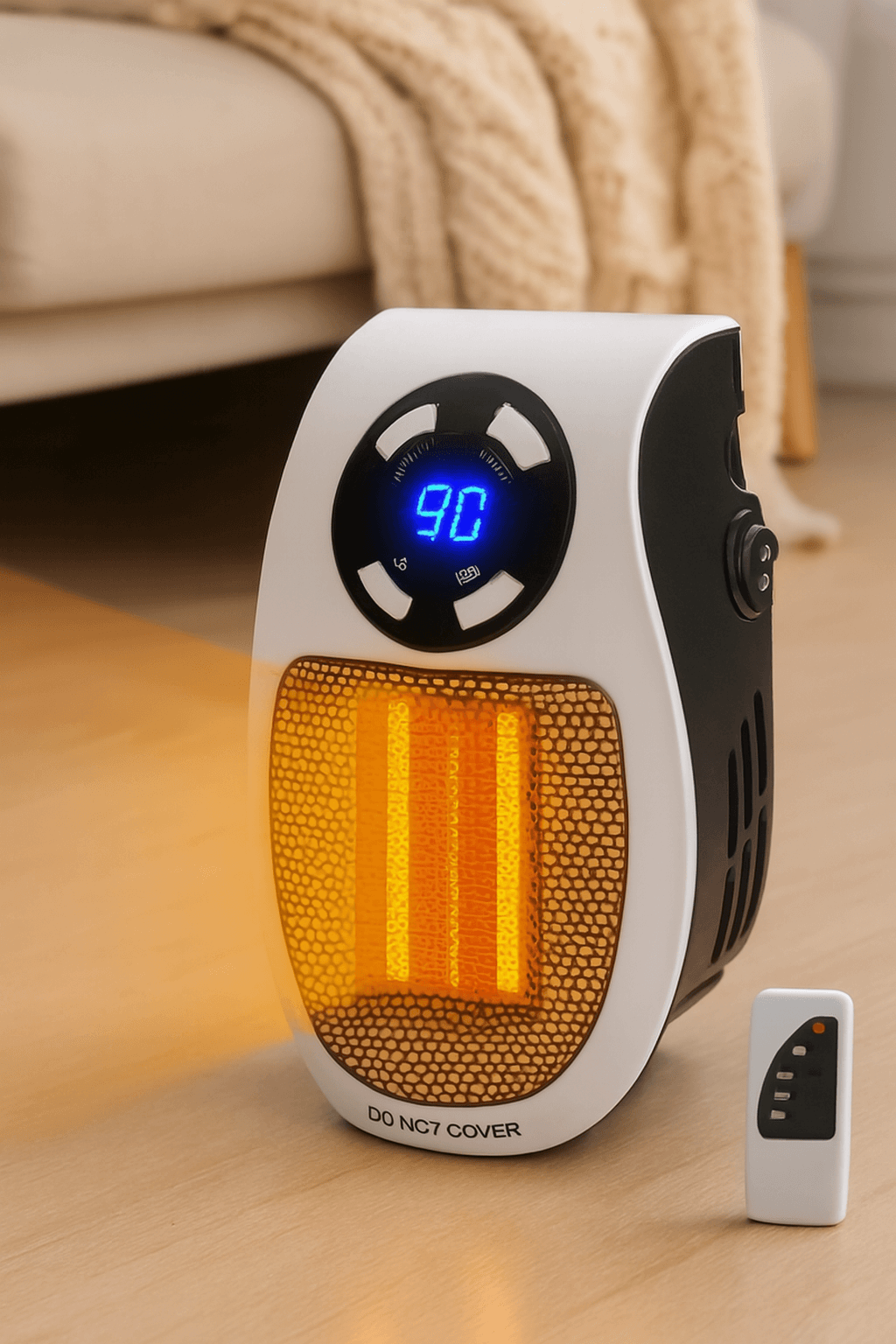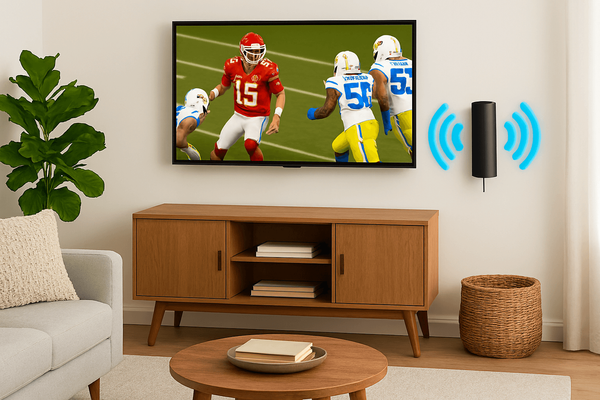How to Safely and Effectively Detox from Digital Devices
In today’s digitally driven world, technology is both a tool and a temptation. Our constant connection to devices can lead to increased stress, disrupted sleep, and diminished overall well-being. A digital detox—a period during which you intentionally reduce or eliminate screen time—can help restore balance and improve your quality of life. However, to be truly effective, a digital detox must be approached thoughtfully and strategically. Here's a guide to safely and effectively detox from digital devices.
1. Define Your Objectives
Before initiating a digital detox, it’s crucial to clarify your objectives. Are you looking to reduce stress, improve focus, or enhance sleep quality? Having specific goals will guide your actions and help you measure the effectiveness of your detox. For example, if improving sleep is a priority, consider eliminating screen time at least an hour before bedtime, as blue light from screens can interfere with the body’s natural sleep cycle.
2. Implement Gradual Changes
A sudden and complete disconnection from digital devices can be overwhelming, especially if your daily routine is heavily reliant on technology. Instead, opt for a phased approach. Begin by reducing your device usage during certain times of the day, such as during meals or just before bed. Gradually increase these periods of disconnection as you become more comfortable. This approach minimizes the risk of withdrawal symptoms and increases the likelihood of long-term success.
3. Designate Tech-Free Zones
Creating physical spaces in your home where devices are not permitted can help reinforce your detox efforts. Common areas such as the dining room, bedroom, or living room are ideal for establishing tech-free zones. These spaces should be dedicated to activities that promote relaxation and social interaction, free from the distractions of digital screens.
4. Substitute Screen Time with Engaging Offline Activities
One of the key challenges of a digital detox is finding alternative activities to fill the time usually spent on devices. Engage in offline activities that are both fulfilling and enjoyable. Reading a book, practicing mindfulness or meditation, pursuing a hobby, or engaging in outdoor activities can provide a much-needed break from the digital world and help reduce stress.
5. Leverage Technology for Your Detox
Ironically, technology itself can support your digital detox. Utilize apps that track and limit screen time, remind you to take breaks, or block access to certain apps during designated times. These tools can help you stay on track with your detox goals and provide valuable insights into your digital habits, allowing for more mindful consumption.
6. Engage Your Social Circle
Undergoing a digital detox can be more effective and enjoyable when done with others. Involve family, friends, or colleagues in your detox journey. This collective effort not only fosters accountability but also creates opportunities for meaningful, offline interactions that can strengthen your relationships.
7. Incorporate Regular Detoxes into Your Routine
A digital detox should not be a one-time event but rather a regular practice. Consider scheduling periodic detoxes—whether it’s a few hours each weekend, a day each month, or an extended break during vacations. Regular detoxes help maintain a healthy balance between your digital and physical lives, preventing the buildup of digital fatigue.
8. Practice Mindful Digital Consumption
Even outside of a full detox, it’s important to be mindful of how you interact with technology. Regularly assess whether your digital consumption is aligned with your values and goals. If you find that certain activities, such as excessive social media use, are not adding value to your life, it may be time to adjust your habits. Mindfulness in digital consumption promotes a more intentional and balanced relationship with technology.
9. Reconnect with the Natural World
Spending time in nature is a powerful antidote to digital overload. Whether it’s a walk in the park, a hike in the mountains, or simply sitting outside, immersing yourself in nature can help reset your mind and reduce the compulsion to engage with digital devices. The calming effects of nature have been well-documented and can significantly enhance the benefits of your digital detox.
10. Reflect and Adjust
After completing your digital detox, take time to reflect on the experience. Consider what you’ve learned about your relationship with technology and identify any changes you can make to maintain a healthier balance going forward. This reflection is crucial for reinforcing the benefits of the detox and for making any necessary adjustments to your digital habits.
A digital detox is more than just a break from screens; it’s an opportunity to reclaim control over your time, focus, and well-being. By setting clear goals, starting gradually, and incorporating offline activities, you can safely and effectively detox from digital devices. Remember, the aim is not to eliminate technology entirely but to establish a balanced relationship that enhances your life rather than detracts from it. Whether you detox for a day, a week, or longer, the positive impact on your mental and physical health will be well worth the effort.
By integrating these strategies into your routine, you can foster a healthier, more mindful approach to digital consumption, ultimately leading to a more balanced and fulfilling life.



